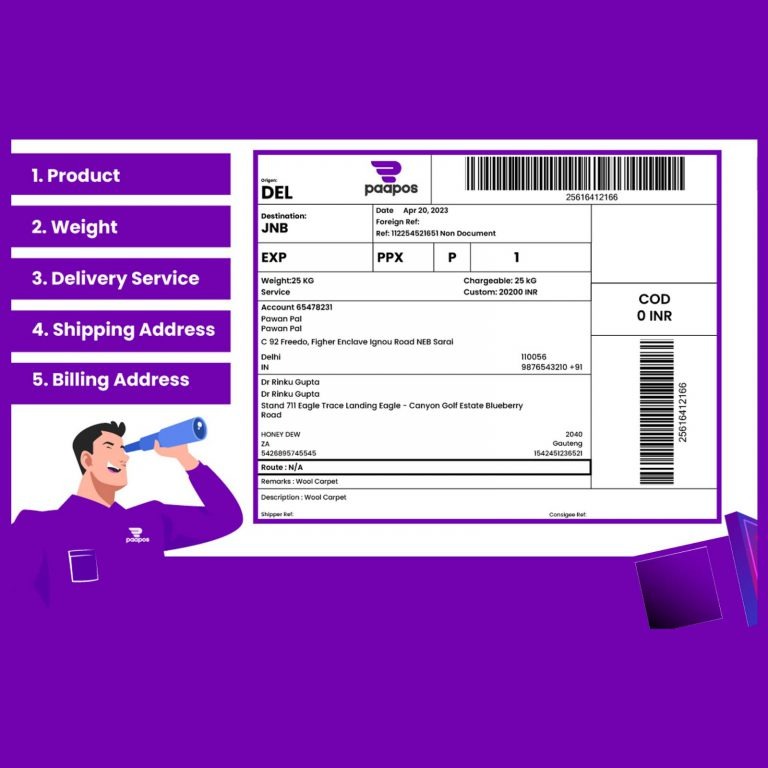What Is The Procedure and Regulations for Exporting Goods?
Exporting products from India can indeed be a profitable venture for businesses. India has a diverse range of products, including agricultural goods, textiles, pharmaceuticals, and information technology services. However, businesses must comply with various regulations and procedures to export goods from India.
In this blog post, we’ll review the key points to remember when exporting goods from India:
Obtain an IEC (Import Export Code) Number
Before you can begin exporting goods, you must obtain an IEC number. This is a 10-digit code issued by the Director General of Foreign Trade. It serves as a unique identification number for businesses engaged in international trade.
Identify the Product’s HSN Code
Each product has a unique HS (Harmonized System) code, a standardized system for classifying goods for international trade. You can find the HS code for your product on the DGFT website.
Determine the Export Restrictions
India has restrictions on certain types of goods that can be exported. You should check the Indian Customs website to determine if your product is subject to any limits. Some of the restricted products include certain types of chemicals, wildlife, and cultural artifacts.
Obtain Necessary Licenses and Permits
You may need additional licenses and permits depending on the product you are exporting. For example, if you ship food products, you may need to obtain a Food Safety and Standards Authority of India (FSSAI) license.
Prepare the Export Documentation
To export goods from India, you will need to prepare several documents, including:
- Commercial Invoice: This document includes details about the exported goods, such as the description, quantity, and value.
- Packing List: This document lists the contents of each package being shipped.
- Shipping Bill: This document is filed with the Customs department and includes details about the exporter, importer, and shipped goods.
- Bill of Lading: This document serves as a contract between the exporter and the carrier, outlining the terms of the shipment.
Arrange for Shipment and Delivery
Once you have all the necessary documentation in place, you can arrange for the shipment of your goods. You can work with a freight forwarder, who will handle the logistics of shipping your interests, or you can place the shipment yourself.
Payment and Exchange Control
When exporting goods from India, you must comply with exchange control regulations. You should consult with your bank to ensure you follow the procedures for receiving payment from your foreign buyer.
Submit Documents for Export Incentives
You may be eligible for export incentives depending on the product you are exporting. These incentives are designed to promote exports and may include benefits such as tax exemptions or subsidies. You should submit the necessary documents to the relevant authorities to claim any export incentives you are eligible for.
Follow-Up on Delivery and Payment
After the goods have been shipped, it’s essential to follow up with the buyer to ensure that they have received the goods and that payment has been made. You should also keep track of any feedback or complaints from the buyer to ensure you can address any issues promptly.
Conclusion
In conclusion, ensure that your exports from India are legal and profitable; careful planning and strict adherence to regulations and procedures are essential. By taking these necessary steps, you can successfully navigate the complex export process and minimize the risk of encountering issues or legal complications. With proper planning and execution, exporting goods from India can be a lucrative and rewarding business venture.







